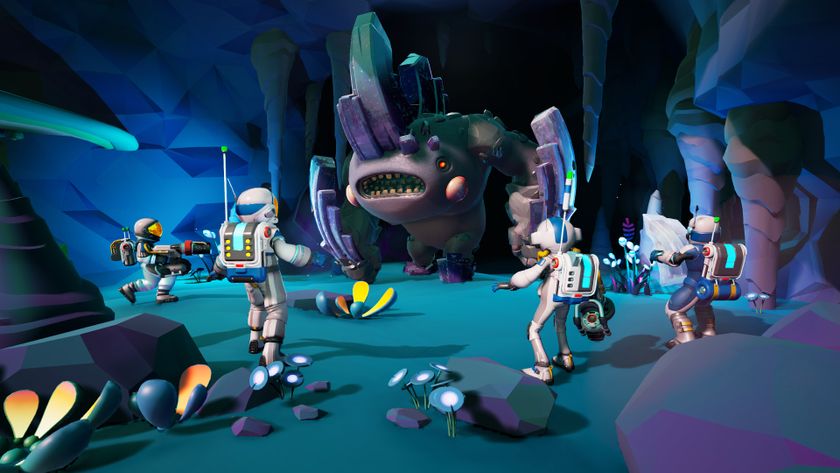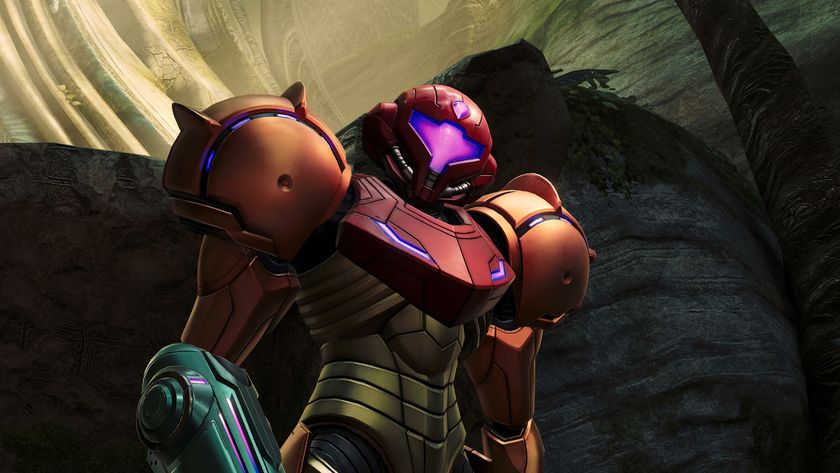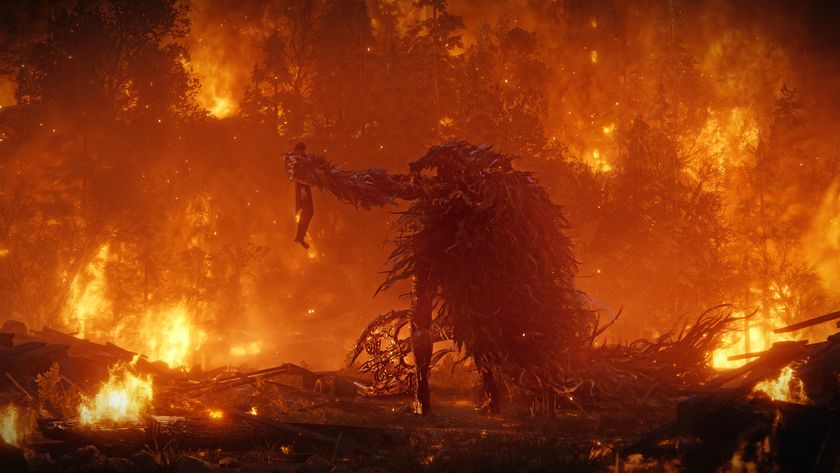Geometry Wars 3: Say goodbye to sleep. Again
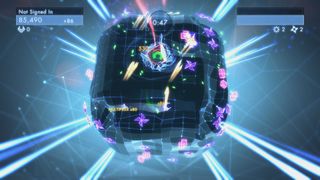
The third evolution
It's the morning of the second full day of Gamescom. I've had about two nights' sleep over the last three and have been on my feet every minute in between. I am flagging. But suddenly, all of that changes. A soundtrack reverberates through the door to a tiny demo room hidden in Activisions stand. Screeching electronic hits. Hard, pulsing beats. Soaring synth lines. The goosebumps kick in. I am wide awake. I haven't even seen it yet, but already Geometry Wars 3 has kicked my arse into a wide-eyed frenzy.
Minutes later, I confirm that it has every right to. This is a 100% legit sequel to the previous two games, coming to new-gen consoles, old-gen consoles, and PC. Developed by Lucid Games, a new studio comprising staff from original developer Bizarre Creations, as well as WipeOut dev Sony Studio Liverpool, it's the product of a long-standing desire to get Bizarre's best-loved game back on the road. It's the culmination of years of frustrating stasis, an intensely brewed, long-steeped blend of every idea its creators have had--but been unable to act upon--since Geometry Wars 2.
Don't let the almost-subliminal implication of its full title worry you. Geometry Wars 3: Dimensions might play out on 3D grids, but the gameplay is 100% pure, classic, 2D firework-frenzy. The action is unquestionably authentic, smooth, flowing, utterly intricate, and fuelled by a consistent, noose-tight balance of risk and reward. The enemies are recognisable (though there are new ones too). The Geom-driven score multiplier system still underpins the game's entire ethos. It's exactly what I dreamed it would be. It's exactly what it should be.
That said, the 3D arenas are no mere visual gimmick. Rather, they're the fundamental evolution that makes this a true sequel rather than a lazy retread. By bringing organically shifting fields of view to Geometry Wars, they layer emergent challenge and brand new tactics over the robust, tried-and-trusted core. One level is a cylinder, with dynamic barriers floating around it, becoming lethal from time to time. Another is a cube, reducing the visible play area and hiding five sixths of the potential enemies on the grid. Yet another is peanut shaped, its amorphous structure providing two cramped 'hills' for defending, and a potentially lethal bottleneck in its furrow. There's more to say--much much more, so click on through the following slides for that. But know that the king of one-more-go is back, and your sleep patterns are no more.

Theres a single-player campaign taking in the full gamut of game modes over 50 stages
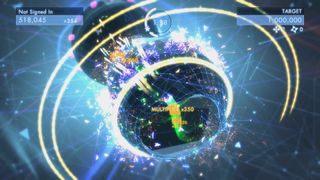
Theres also competitive multiplayer (currently for eight players) and couch co-op

Drones are another new addition, augmenting your ship with everything from extra firepower, to defence, to multiplier magnets

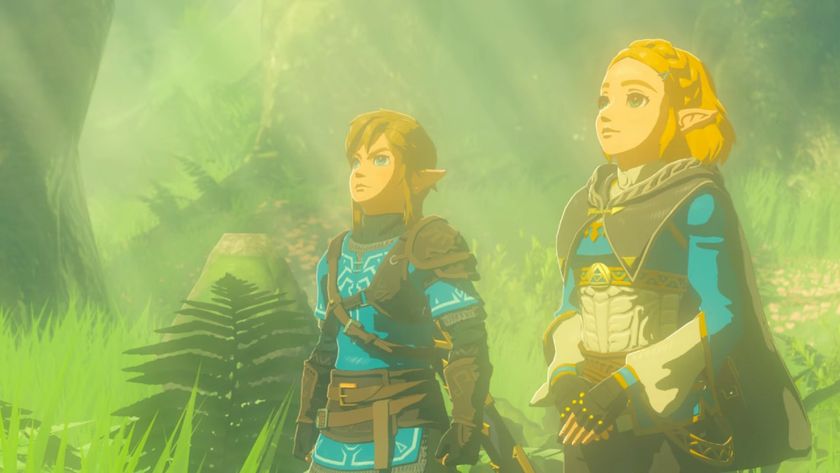
Legend of Zelda shippers are on serious hopium over Tears of the Kingdom's new voice memories, thinking one might possibly solidify ZeLink as canon
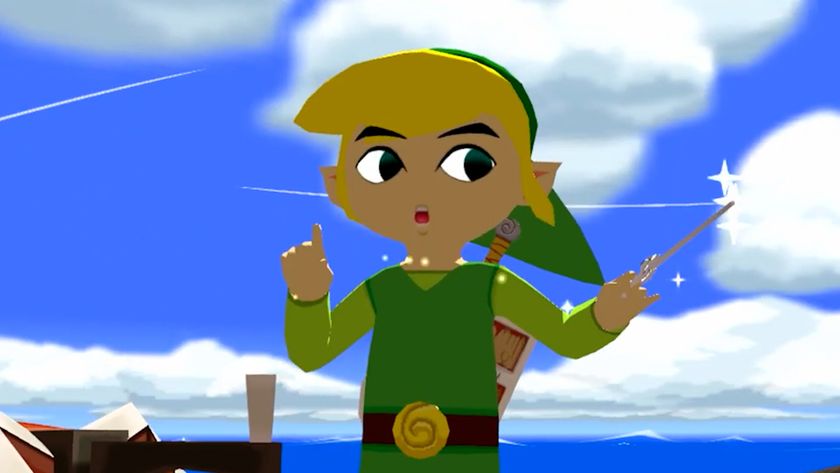
I played The Legend of Zelda: The Wind Waker on Nintendo Switch 2, but it's a bittersweet reminder that we're not getting the game at its best

Legend of Zelda shippers are on serious hopium over Tears of the Kingdom's new voice memories, thinking one might possibly solidify ZeLink as canon

I played The Legend of Zelda: The Wind Waker on Nintendo Switch 2, but it's a bittersweet reminder that we're not getting the game at its best
